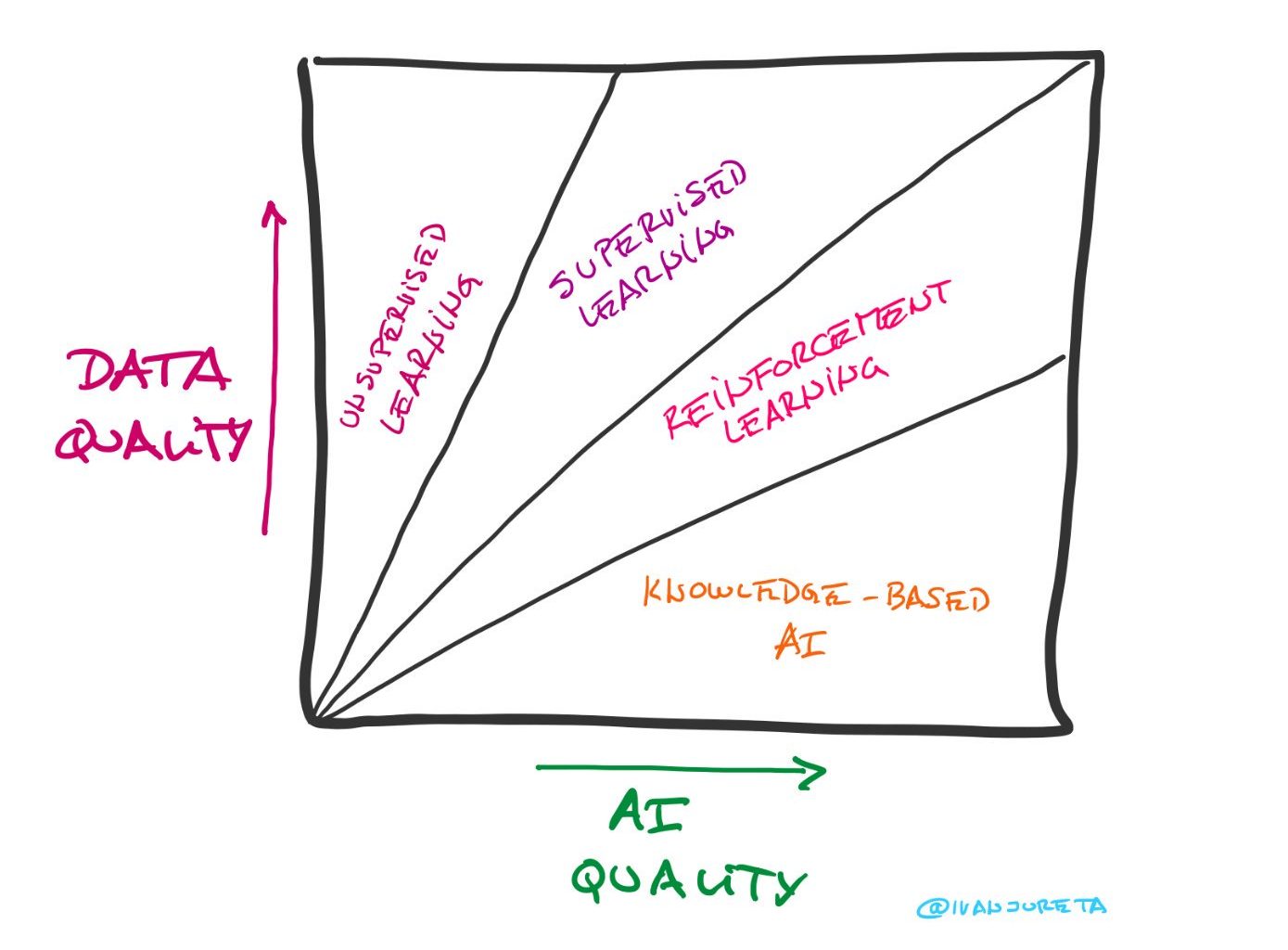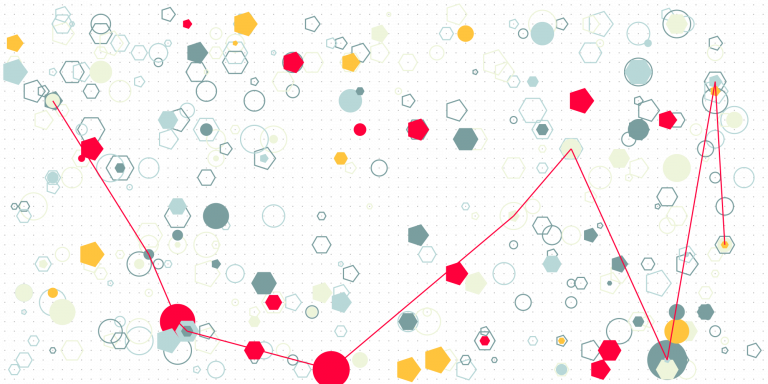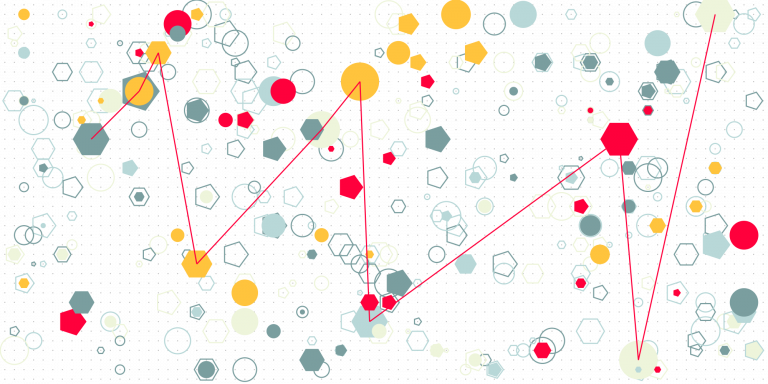Data Quality & AI Quality Are not Independent


How does the #quality of your #data affect the #design of your #AI ? pic.twitter.com/gFBo0JviLp
— ivanjureta (@ivanjureta) February 13, 2018

Can “an artificial intelligence machine be an ‘inventor’ under the Patent Act”? According to the Memorandum Opinion filed on September 2, 2021, in the case 1:20-cv-00903, the US Patent and Trademark Office (USPTO) requires that the inventor is one or more people [1]. An “AI machine” cannot be named an inventor on a patent that…

“Objective”, as in, for example, “what I’m saying is objective”, or “that statement is objective”, or “we need objective criteria when making these decisions”, is a complicated term. It takes a lot of effort to make sure it is understood as intended (or closely enough). It is therefore a costly word to use. Why is…

If an AI is not predictable by design, then the purpose of governing it is to ensure that it gives the right answers (actions) most of the time, and that when it fails, the consequences are negligible, or that it can only fail on inconsequential questions, goals, or tasks.
Definitions of the concepts derived from the goal concept (including functional and nonfunctional goal, hardgoal, and softgoal) used in requirements engineering are discussed, and precise (and, when appropriate, mathematical) definitions are suggested. The concept of satisficing, associated to softgoals is revisited. A softgoal is satisficed when thresholds of some precise criteria are reached. Satisficing does…

A “Requirements Loop” is an evidence-supported explanation of How observed events in an environment have led or are leading to the creation and persistence of those requirements, How to change the environment in order to satisfy the requirements in the future, and How to measure the change in the environment, in order to evaluate the…

The short answer: careers that reward creative problem solving in domains with scarce knowledge. Let’s unpack that.